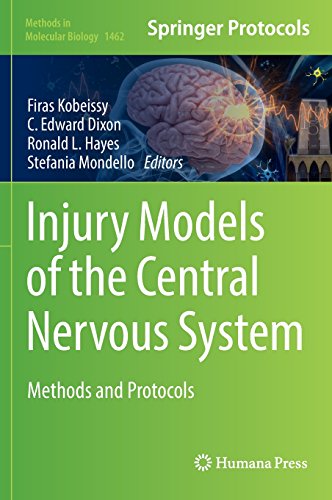

Most ebook files are in PDF format, so you can easily read them using various software such as Foxit Reader or directly on the Google Chrome browser.
Some ebook files are released by publishers in other formats such as .awz, .mobi, .epub, .fb2, etc. You may need to install specific software to read these formats on mobile/PC, such as Calibre.
Please read the tutorial at this link: https://ebookbell.com/faq
We offer FREE conversion to the popular formats you request; however, this may take some time. Therefore, right after payment, please email us, and we will try to provide the service as quickly as possible.
For some exceptional file formats or broken links (if any), please refrain from opening any disputes. Instead, email us first, and we will try to assist within a maximum of 6 hours.
EbookBell Team

4.0
36 reviewsThis volume discusses experimental brain injury models that contain valuable information carefully chosen to widen the researchers’ horizon about neurotrauma. Injury Models of Central Nervous System: Methods and Protocols contains relevant experimental design approaches that have been adapted and made ready for application in laboratory settings. For easier navigation, the chapters are categorized into 6 parts: Introduction, General Consideration in Using Animal Laboratory in CNS Injury Research, Classical TBI Models and Their Link with Pathophysiological Features of CBS Injury – Models, Special Topics in CNS Trauma: Comorbid Conditions in CNS Injury, Outcome Measures in Brain Injury Models, and Future Directions. Written in the highly successful Methods in Molecular Biology series format, chapters include introductions to their respective topics, lists of the necessary materials and reagents, step-by-step, readily reproducible laboratory protocols, and tips on troubleshooting and avoiding known pitfalls.
Practical and thorough, Injury Models of Central Nervous Systems: Methods and Protocols, is a very useful reference towards the progress of this discipline.